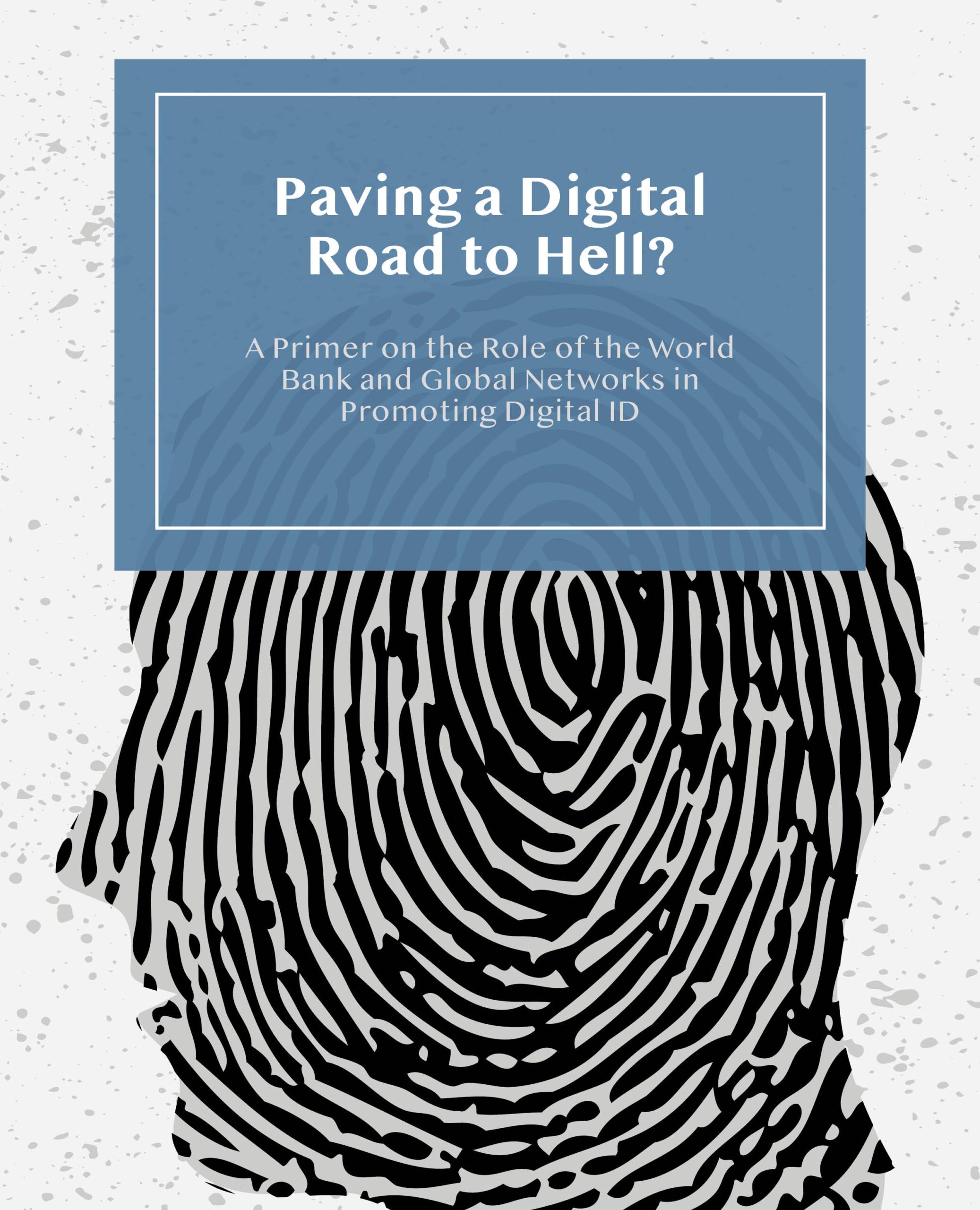International human rights have struggled to provide satisfactory answers to poverty and inequality since their inception. From debates around the use of political means to address social issues in the aftermath of World War II, to more recent discussions on the false dichotomy between social justice and human rights, much has happened within the human rights field in terms of its engagement with socio-economic issues. Yet answers to the question of what a rights-based vision to end poverty and inequality could look like continue to prove elusive.
For much of the 20th century, progressive leaders and thinkers focused their message on the hopeful possibility of a better future. Workers rallied for better working conditions and women demonstrated for more freedoms and rights. Human rights provided a positive narrative on which to build these demands. Today, however, hopeful narratives about a brighter future no longer have the galvanizing effect they once had. Climate change is irreversible and political leadership is clearly not up to the task. Promised technological advancements have brought exclusion and precariousness in the gig economy. Undue privileging of pharma interests in political decisions has meant that COVID-19 vaccine distribution remains deeply unequal. The list keeps going, and yet the human rights community struggles to provide a positive, proactive vision of the future.
The pandemic has prompted many to call for a redesign of the economic system, and this has provided an opening for actors in the human rights field. The World Economic Forum, for example, argued for a “Great Reset,” an opportunity to “reimagine” the economy towards “stakeholder capitalism.” In this apolitical, conflict-less vision of the world, economic problems exist out there, in a vacuum, waiting for someone to solve them. Conflict can be resolved through a “social contract” and “agreement on shared values” between governments, businesses, and individuals. But can there be a social contract and an agreement on shared values while Jeff Bezos had “the best day ever” as he flew into space for $28 million, and the equivalent of 125 million people have lost their jobs since the start of the pandemic? Can there be “shared values” when the poorest half owns 2% of total wealth and the richest 10% own 76%?
Although there is now growing consensus that inequality is problematic in more ways than one, the question is whether human rights provide a positive, hopeful vision to end it. But, for this to happen, the human rights community must first face a prior, very basic question – what to do about it? Should human rights aim at eradicating inequalities or simply at “reducing” them? Even if we agree on what the goal is, how do we accomplish it? Do we reduce the number of poor or the number of billionaires?
These seemingly basic questions point at broader, generalized misunderstandings of the relationship between poverty and inequality that the human rights field has not fully solved yet.
Those with an interest in maintaining the status quo continue to spread damaging ideas that further entrench inequality based on the concepts of “meritocracy” and “trickle-down” economics. At their most basic, these fallacies argue that when those at the top are rewarded for their ability and effort, their high earnings will continue to incentivize them and will also benefit those at the bottom, notably in the form of jobs, higher wages, and better products. Following this, government policies should support the wealthy, including through tax breaks at the top, because they will somehow “trickle down” to the poor.
As it turns out, these beliefs are particularly present in countries where income inequality is highest. They are typically held by those who already see high inequality levels as legitimate, which is in turn typically stronger in individuals with higher incomes. The perceived gap between the poor and the rich in terms of their “merit” also happens to grow in more unequal societies, leading people to assume that inequality of income correlates strongly with inequality of merit. In other words, higher inequality levels lead those with higher incomes to perceive the poor as less “meritorious” and more deserving of their socioeconomic situation, and therefore to justify inequality on the basis of unequal merit.
Moreover, while higher inequality damages societies in their entirety, it harms some more than others. People in poverty and those on low incomes are particularly impacted by inequality. With higher inequality, their incomes decrease, their educational attainment drops, and their health worsens. In contrast, individuals on high incomes and wealth remain largely undisturbed by inequality. Their personal connections, used to access high-paying jobs, good quality schools, and top healthcare, endure.
And yet addressing inequality as a precondition for poverty eradication remains taboo. Charity towards the poor is perceived as a generally accepted response to poverty, whereas questioning inequality, which necessarily leads to questioning the legitimacy or appropriateness of top incomes and wealth accumulation, is still a political anathema.
The international human rights community can and should question these beliefs and provide a renewed hopeful vision of a more equal future. For that, looking at poverty from a human rights perspective must necessarily entail examining income and wealth concentration at both the bottom and the top – beginning with claiming tax justice, making social protection universal, demanding adequate funding for public services, and redefining what long-term public investments look like. The future of human rights largely depends on our ability, as human rights advocates, to develop an expertise in these topics, dispel damaging myths, and strategically infuse the language of rights and obligations within them.




